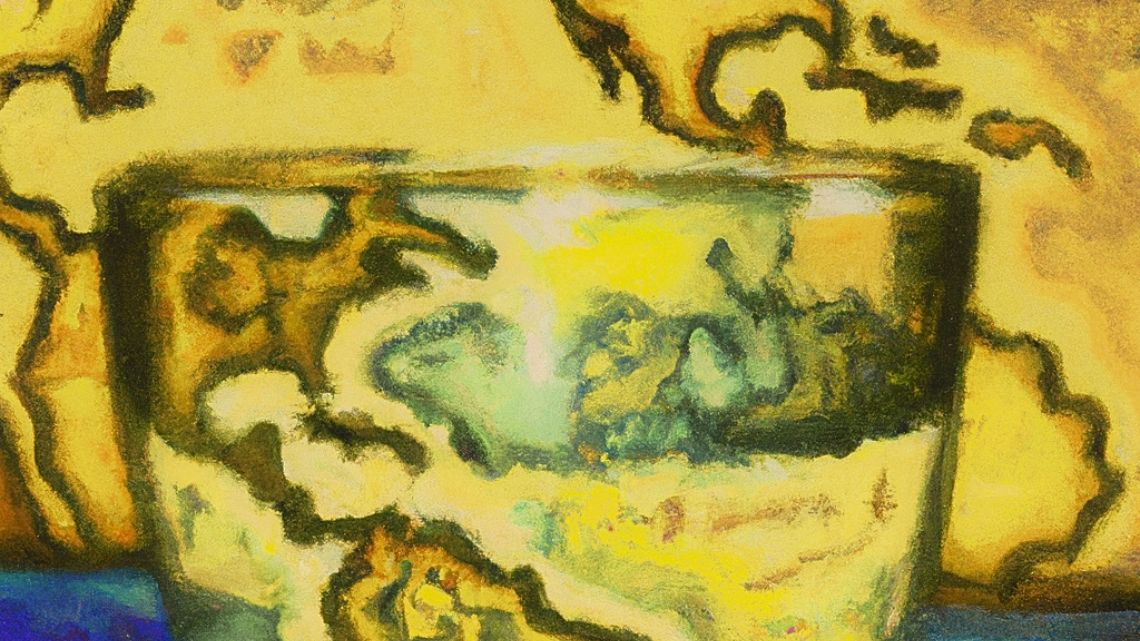A short history about Aguardiente throughout Latin America

The Arabs adopted the West’s method of distilling a fermented mash of sugarcane, fruits, or even grains to create aguardiente, an alcoholic beverage.
When European conquerors arrived at the shores of the American continent, they brought sugarcane with them, forever altering the story of this spirit.
In Europe, aguardiente already existed, but the fusion of its preparation with sugarcane produced a drink with nuances never found in other lands.
In this article, we’ll briefly explore the history of this spirit through the lens of its multiple Latin-American variations. The region that witnessed its birth, its evasion of prohibitions, and its global expansion.
So, buckle up because we will embark on a quick journey through the waves of this unique drink.
Cachaça in Brazil
Our journey begins in the vibrant heart of Brazil, where the earliest records of the production of distilled sugarcane-based beverages are found, under the name of Cachaça in the 1500s.
Centuries ago, the Portuguese conquered territories across the Atlantic, such as Madeira and Cabo Verde, where sugarcane plantations flourished. They applied their expertise in cultivating and processing sugarcane to Brazil, introducing techniques that shaped Cachaça’s unique character.
Cachaça rapidly gained prominence in Brazil, serving not only as a beloved beverage, but also as a form of currency, deeply ingraining itself into Brazilian culture.
With an alcoholic strength between 38% and 48%, at 20º Celsius, Cachaça, also known as Aguardente de Cana or Caninha, is made from the crushing of fresh Brazilian sugarcane. Once the juice is extracted, it is filtered and fermented together with yeasts to convert the sugars into alcohol.
Now, it can be consumed neat or used in cocktail preparation, such as the Caipirinha, check out our recipe!
The revered Colombian aguardiente
Close to Brazil, on Colombian territory, sugarcane also took on great prominence and, therefore, aguardiente.
With its characteristic anise notes, Colombian aguardiente stands as one of the most valued drinks of the Colombian people, who have made it synonymous with union, joy, nostalgia, and, of course, tradition.
In 1905, a policy named “Cédula de aguardiente” allowed all Colombian departments’ aguardiente production, exploitation, and distribution rights. A measure that started to make changes in the economy.
Every Colombian department has its own unique aguardiente identity. However, Antioquia stands out as one of the leading reference points due to the popularity of the Aguardiente Antioqueño brand.
Colombian aguardiente distillation is carried out in the presence of anise seeds, which gives it that particular licorice flavor. The liquid obtained from this process is bright and clear and also has a pleasant taste when consumed.
Among the variations of this category, there are different types such as those with and without sugar, flavored with real anise or flavorings, and crafted by hand or industrial methods.
Guaro in Costa Rica
Made from the fermentation of sugarcane and, on some occasions, corn, rice, or cassava, Guaro complements the vast Costa Rican gastronomy.
This aguardiente, whose production is in charge of the state, can be flavored with fruits such as mango, pineapple, and passion fruit.
It can be consumed neat or used in cocktails such as the Guaro Sour or the Guaro Sunrise.
La charanda from Mexico
From the hot lands of Uruapan, Michoacán, Charanda is born, a Mexican-style aguardiente, which owes its name to a variety of soil, whose chemical composition gives it an intense red color, a protagonist of the region’s landscapes.
Charanda is made from sugarcane or its derivatives, such as piloncillo, molasses, or crystallized sugar. The spring water in the area complements its production process, intensifying the smoky and fruity nuances that distinguish this variation of aguardiente.
There are three types of Charandas: el blanco, which follows its regular fermentation, distillation, and bottling process; el reposado, which must have at least two months of aging; and el añejo, one with a minimum of 12 months in barrels.
This drink, which ranges between 38 and 54 degrees, is an indispensable part of the rituals and customs of the region, as well as a symbol of the commitment to the quality of Mexican gastronomy to the world.
The three names of Cañazo in Perú
Cañazo, Yonque, or Shacta are the names given to the aguardiente produced in the lands of Peru. Its main distinction is that it can be made with black, purple, or yellow sugarcane, this last variation is known as Amazonian aguardiente.
However, given its history, it is a drink that has been marginalized and, therefore, has not penetrated the market in the way that drinks like pisco have.
This drink is often consumed at agricultural festivals, land payments, and other traditional celebrations.
So, as you raise a glass of aguardiente, let your palate embark on a journey through Latin America’s vibrant spirit scene. From the anise-infused liqueur of Colombia, echoing Spanish influences, to the freshness of Cachaça, each variation narrates a cultural exchange and adaptation.
Savor each sip, appreciating the harmonious blend of two worlds, where ancient traditions meet modern artistry.
This history doesn’t end here. Our journey continues as we delve into the captivating tale of this spirit in the Caribbean islands, where an aguardiente’s family member was born: Rum.
If you want to know the second part of this short story, subscribe to our newsletter so you don’t miss anything!
Information Sources
- Vidas y bebidas on Youtube
- https://buenazo.pe
- Rum Curious: The indispensable tasting guide to the world’s spirit by Fred Minnick





